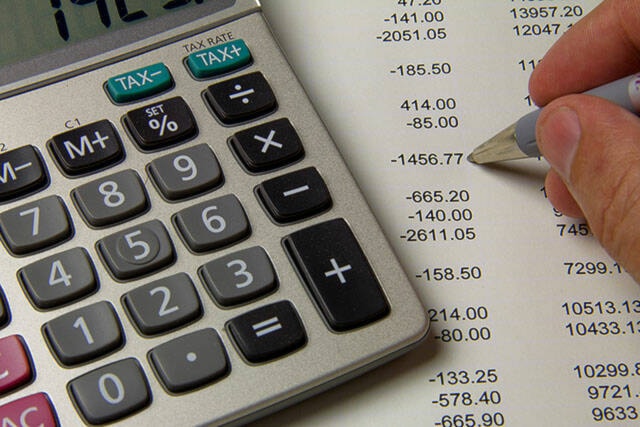The Regional District’s budget is set to go up, but for most people, residential taxes are going to go down, per the assessed value of your property. It means the overall tax bill for the average taxpayer is going to go up, not at double-digit levels like some B.C. jurisdictions are facing.
The Regional District of Bulkley Nechako (RDBN) voted in the coming year’s tax rates, at their last public meeting (March 23) and the highlights included a 5.36 per cent decrease for municipal taxpayers and 5.67 per cent decrease for rural taxpayers, in the amount charged per $1,000 of assessed value.
When all the math is done, an average rural resident will have their tax bill go up 3.3 per cent and a municipal resident’s rate will go up 3.7 per cent. That is approximately the rate of national inflation.
The reason that can happen, in these times of ballooning costs in overall society, is the income the RDBN has in other areas.
“Because of recent property development including the LNG pipeline (non-market assessment increases), the tax rate per thousand is actually falling,” said Curtis Helgesen, the RDBN’s chief administrative officer.
“While the tax rate per $1,000 of assessment is dropping, the average property within the Regional District saw a 11.5 per cent assessment increase; so taxes across the region will vary based on how assessments changed over the last year,” Helgesen said. “In terms of an average taxpayer, if your property assessment increased the average of 11.5 per cent, you should expect around a 6 to 7 per cent increase in the taxes over what you paid last year. Having said that, there are many smaller area services that have had little increases, while some have had significant, so every region will vary, and it will depend on how many services are provided to the average taxpayer looking at what to expect in 2023.”
There are eight municipalities and seven rural regions in the RDBN, each with its own economic profile.
During the meeting, elected officials voted in the new tax structure, but that isn’t the same as approving the budget. The Requisition numbers (all the things on which a government spends money, like hiring emergency workers, repairing pavement, and buying garbage trucks) is an element of the budget process that has not yet been determined. Chief financial officer John Illes cautioned directors that some numbers are still estimates because “we are still waiting for the revised assessments from BC Assessment” that wouldn’t be coming until probably the end of the month. The budget couldn’t harden until those numbers were known.
In the interim, the Regional District is contemplating a requisition (total tax dollar increase) for all its major services (such as Environmental Services, General Government and 911 service) to go up from $6.9-million to $7.4-million or approximately a 7.2 per cent increase.
“The total RDBN budget (all services) is currently proposed for a 6.6 per cent increase,” said Helgesen. “The increase in costs have arisen because of inflationary pressures from wage increases, fuel price increases, and a general increase in the cost of construction.”
